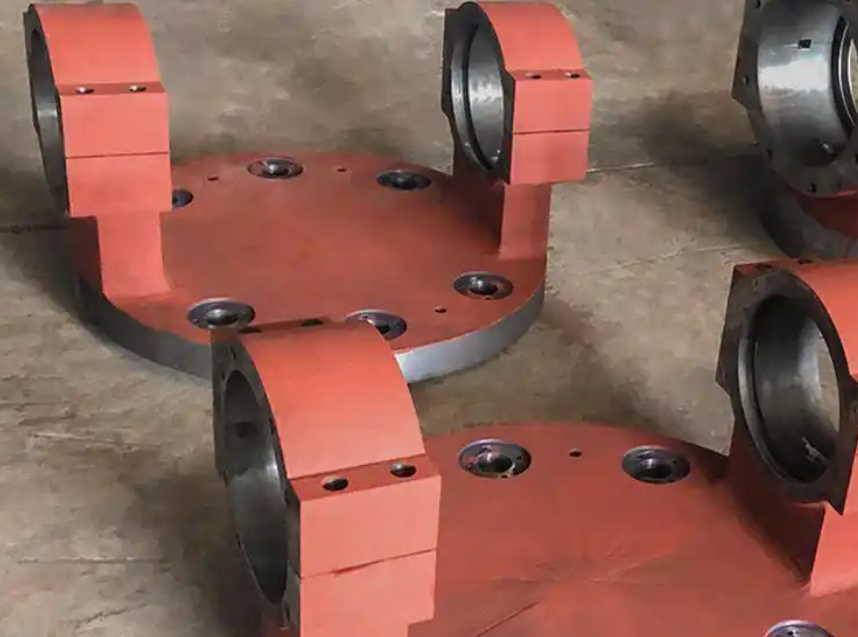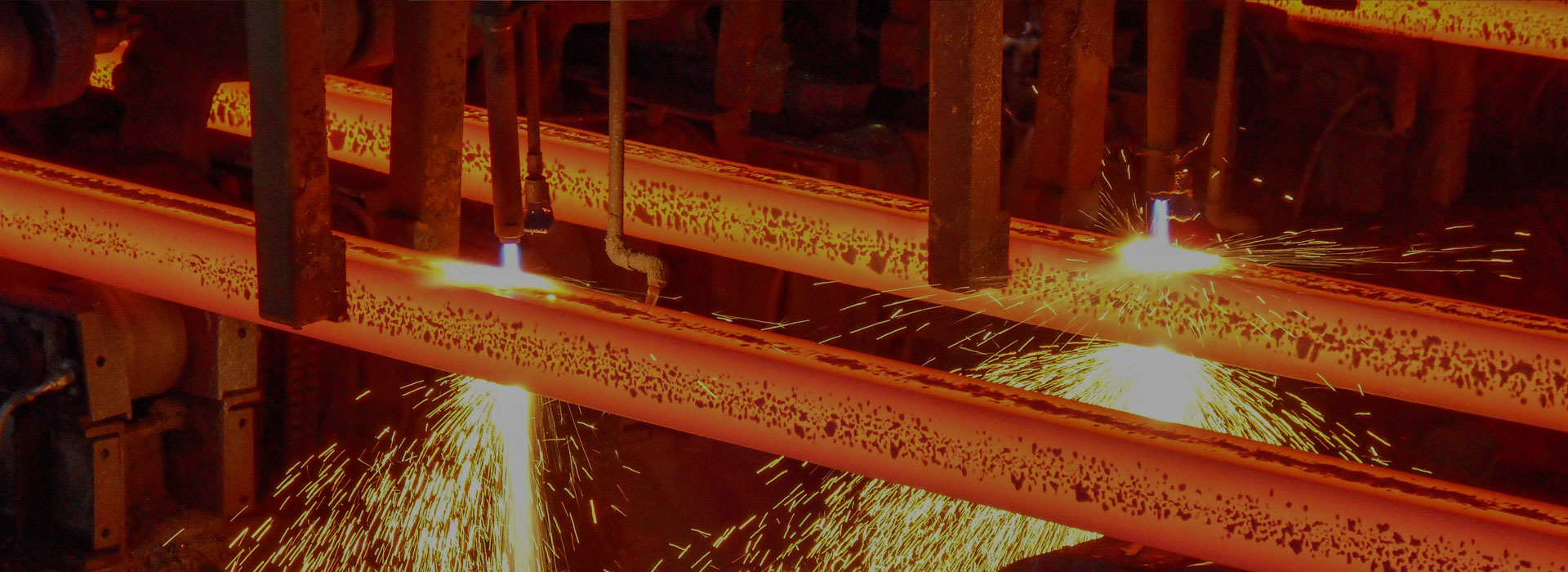What is the difference between shrinkage cavities and gas porosity in casting?
2025-11-17
When producing castings, if not handled properly, manufacturers often encounter shrinkage cavities and gas porosity defects, which seriously affect the overall quality of the castings. Many people find it difficult to distinguish between these two casting defects. Correctly understanding the difference between shrinkage cavities and gas porosity can help manufacturers quickly rectify casting flaws.
Shrinkage cavities refer to macroscopic void defects that occur at the top of the casting due to metal solidification shrinkage during pouring, with irregular shapes. There are many causes for shrinkage cavities, such as mould design, sand box design, gating system design, adjustment of metal chemical composition, and improper handling during the smelting process, all of which can lead to large-scale shrinkage defects in castings.
Gas porosity in castings is mostly caused by gas that is entrained, trapped, or absorbed in the molten metal. The characteristics of gas porosity vary depending on its cause.
1. Entrained gas pores: These occur when gas from the mould, core, coating, core supports, or chill iron penetrates the surface of the casting to form pores, often pear-shaped or oval, relatively large, with smooth walls and oxidised surfaces.
2. Folded gas pores: Formed when gas is trapped inside the molten metal during filling, usually appearing as isolated large round or oval pores within the casting, typically in the upper and middle sections, with their positions not fixed.
3. Reactive gas pores: These form in clusters due to chemical reactions between certain components within the molten metal or between the molten metal and the mould/core at the interface.
Understanding the differences between shrinkage cavities and gas porosity means that during casting production, manufacturers need to strictly follow correct casting procedures to produce in an orderly manner and continuously reduce the occurrence of shrinkage cavities and gas porosity.




